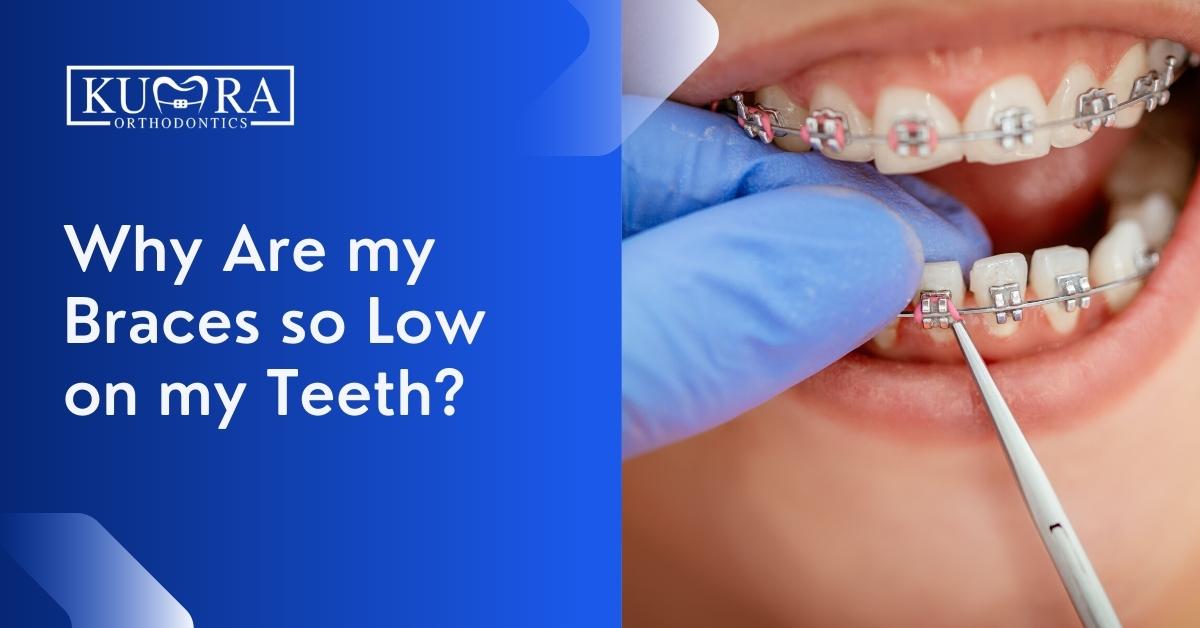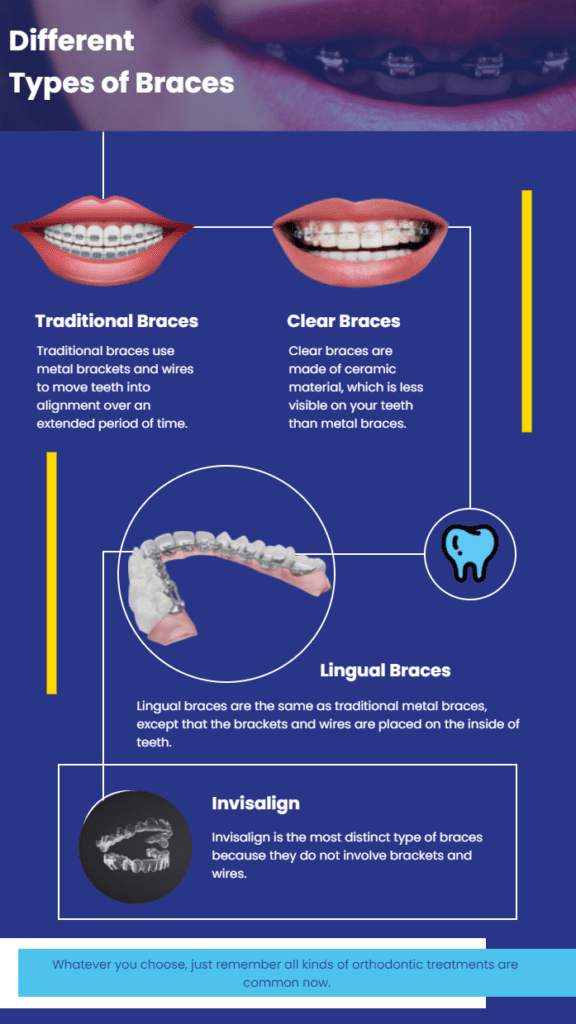How Cumming Orthodontics Addresses Common Braces and Invisalign Issues
How Cumming Orthodontics Addresses Common Braces and Invisalign Issues
Blog Article
Comprehensive Overview to Orthodontics Procedures for Dealing With Dental Imbalances
In the world of orthodontics, the journey to accomplishing a perfectly lined up smile entails a myriad of procedures tailored to deal with dental misalignments. From typical braces to undetectable aligners and also surgical choices, the area of orthodontics offers an array of solutions to deal with differing levels of oral irregularities. Comprehending the details of each procedure, including their systems, advantages, and possible downsides, is essential in making notified decisions concerning one's orthodontic treatment. As we browse through the thorough guide to orthodontic treatments for fixing oral imbalances, the intricate details of each method will unfold, clarifying the path toward a harmonious and practical dental placement.
Orthodontic Procedures Review

Along with typical braces and clear aligners, orthodontists might also advise other interventions like headwear, palatal expanders, or retainers to deal with details positioning issues (cumming aligners). These procedures are customized to each person's distinct demands and may include a mix of treatments to accomplish the wanted results. Routine adjustments and tracking are crucial parts of orthodontic therapy to ensure development gets on track and to make any needed modifications along the road. By undertaking orthodontic procedures, individuals can not just achieve a straighter grin yet likewise boost their total dental health and function.
Conventional Dental Braces: Exactly How They Function
When considering orthodontic therapies for oral misalignments, traditional dental braces stand apart as a tried and true method for dealing with teeth placing. Conventional braces consist of braces, cables, and bands that work with each other to use continual stress on the teeth, slowly moving them right into the preferred placement. The braces are connected to the teeth utilizing a special adhesive, and the cables are threaded through the braces. By changing the tension of the wires, orthodontists can regulate the direction and force related to each tooth, leading them right into appropriate alignment with time.
As pressure is used to the teeth with the braces, the bone bordering the teeth is improved to support the new tooth placements. Patients will require normal adjustments at the orthodontist's office to make sure the dental braces continue to apply the right stress for efficient teeth activity.
Unnoticeable Aligners: Cons and pros
Unnoticeable aligners supply a discreet and hassle-free choice to traditional braces for remedying oral misalignments. These clear, tailor-made trays are basically unseen when worn, making them an appealing choice for individuals looking for an extra cosmetically pleasing orthodontic therapy. Among the primary advantages of unnoticeable aligners is their removability, enabling less complicated maintenance of oral health contrasted to traditional braces. Clients can eliminate the aligners before eating or brushing their teeth, decreasing the risk of food obtaining embeded the home appliance and simplifying the cleaning procedure.

Surgical Orthodontic Options
Surgical treatments in orthodontics present feasible alternatives for resolving complicated dental misalignments that might not be effectively solved via traditional orthodontic therapies. While standard braces and unseen aligners can deal with numerous orthodontic problems, specific situations need surgical treatment to accomplish ideal results. Surgical orthodontic choices are commonly advised for extreme malocclusions, substantial jaw inconsistencies, and instances where the underlying bone framework needs alteration to achieve correct placement.
One typical surgical orthodontic treatment is orthognathic surgical procedure, which includes repositioning the jaws to correct useful concerns such as trouble eating or speaking. This surgical treatment is typically carried out in collaboration with an orthodontist that assists line up the teeth before and after the treatment. Surgical orthodontics may additionally include procedures to reveal impacted teeth, remove excess periodontal cells, or reshape the jawbone to develop a more unified facial account.
Prior to thinking about surgical orthodontic alternatives, clients undertake a detailed evaluation to establish the requirement and potential advantages of such interventions. cumming braces. While surgery might seem overwhelming, it can substantially improve both the function and visual appeals of the smile in instances where conventional orthodontic therapies drop short
Retainers and Post-Treatment Care

Post-treatment treatment entails following the orthodontist's directions faithfully. This may include correct dental hygiene practices, going to follow-up visits, and wearing the retainers as recommended. Failing to adhere to post-treatment care instructions can lead to regression, where the teeth progressively relocate back towards their original settings. Constant retainer wear, excellent oral hygiene, and regular dental have a peek at these guys examinations are important for keeping the outcomes attained via orthodontic surgery and guaranteeing the long-lasting stability of the remedied oral placement.
Final Thought
In verdict, orthodontic procedures offer numerous options for dealing with dental imbalances. Surgical orthodontic choices are available for a lot more severe imbalances. In general, orthodontic treatments can efficiently boost dental wellness and aesthetic look.
As we navigate via the extensive overview to orthodontic procedures for remedying dental misalignments, the intricate details of each approach will unravel, shedding light on the course toward a unified and useful oral positioning. - aligners
One of the most usual orthodontic treatments is the use of dental braces, which consist of metal brackets and cords that use gentle pressure to progressively shift teeth into the click over here now preferred placement.When taking into consideration orthodontic treatments for dental imbalances, traditional braces stand out as a tried and true approach for correcting teeth positioning. Furthermore, invisible aligners may not be ideal for intricate orthodontic issues that need more considerable teeth motion, as they are normally recommended for mild to moderate situations. Retainers are tailor-made orthodontic tools developed to hold teeth in their corrected positions after the completion of orthodontic therapy.
Report this page